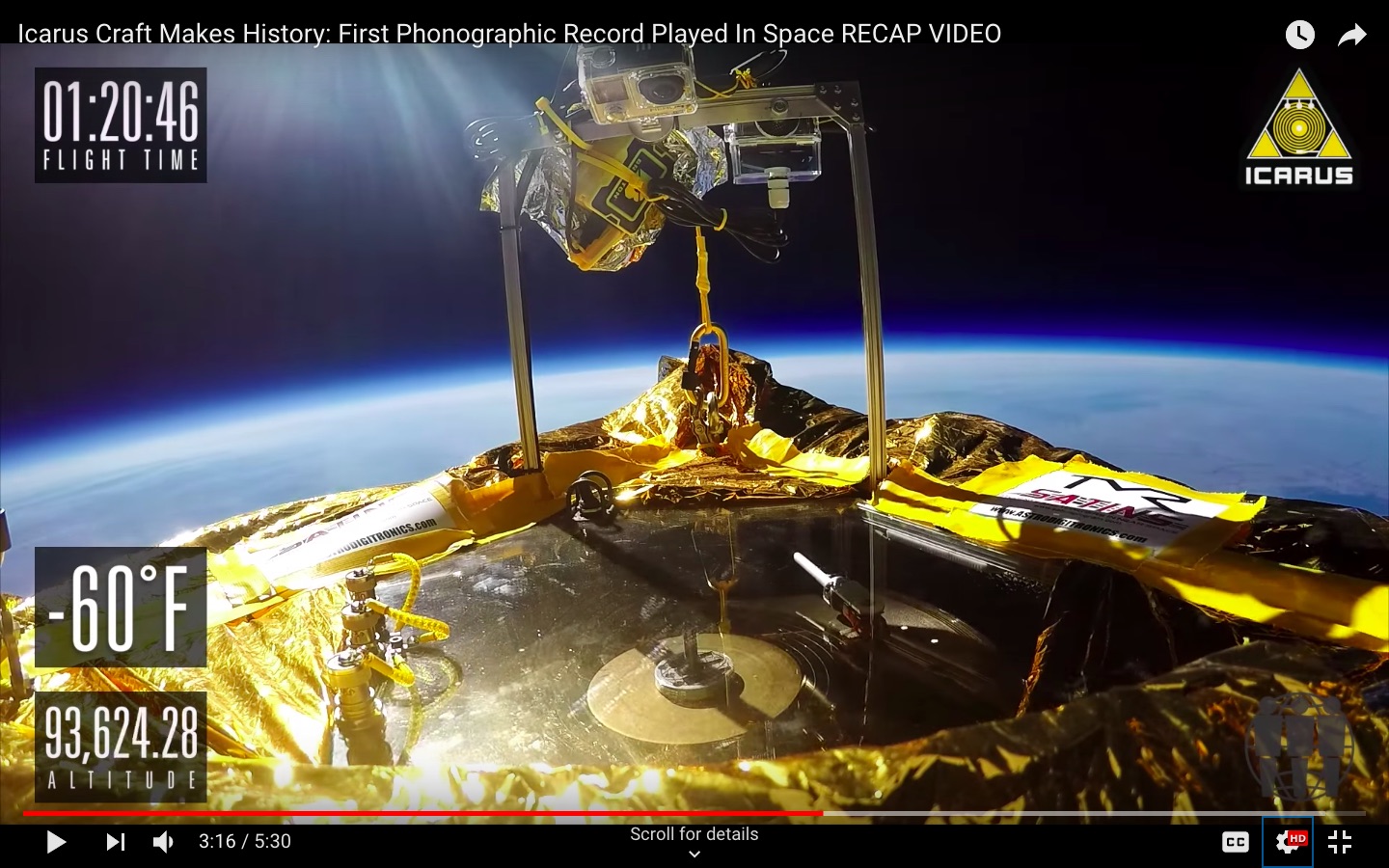I'm working on project for a high altitude camera suspended from a weather balloon in order to approximately simulate spaceflight. I'm wondering how can I make a camera survive and continue to operate?
For the current tests, it needs to work at altitudes of at least 30-40 km.

